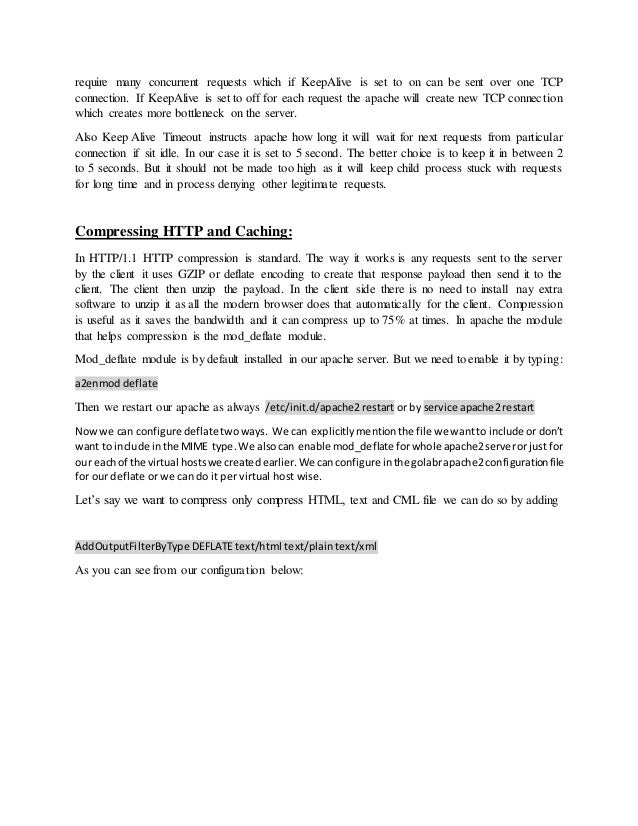Install A2enmod Redhat
Installation¶ This installation guide will cover the installation on the recommended system: Redhat/CentOS 6.x. Install EPEL You will need EPEL for some dependencies (e. Full Version Time Management Games For Pc. g. Your Red Hat account gives you access to your profile, preferences, and services, depending on your status. Unable to execute a2enmod on server.


Requirements To install Tuleap you will need a fully dedicated server. It can be virtualized or physical. It is not recommended to install Tuleap on a server that hosts other applications. Tuleap provides a full suite of software and is deeply integrated with its host system.
Installing Tuleap on a mutualized server will certainly cause probleme in both Tuleap and your other applications. Tuleap can be installed on the following Linux x86_64 systems: • CentOS or RedHat 6.x is the recommended platform Note that CentOS or RedHat 7.x is not yet supported. Currently, Tuleap does not play well with SELinux, you probably want to set SELinux’s behavior to permissive mode to avoid issues. The server will need an Internet connection as it will download external packages.
A brief Introduction about Cloud Every one nowadays heard about cloud storage. This notion means the storage of data online in the cloud, it is where in a company’s data is stored in and accessible from multiple distributed and connected resources that comprise a cloud as it is defined by webopedia. Currently, It is all around us in our smart phones, on desktops and servers etc. It gives users the benefits of greater accessibility and reliability, protection for data, lower storage costs and rapid deployment. It is responsible for keeping the data available and accessible and the environment protected and running.
There are four main types of cloud storage (personal, public, private and hybrid cloud storage) which will described in this article and we will just give you the instructions how to build your personal cloud storage using ownCloud application. Types of Cloud storage As it was mentioned in the introduction, there are 4 types of cloud storage described as below: • Public Cloud Storage: also called storage-as-a-service, on-line storage or utility storage, is a service model for data storage on a pay-per-use basis. It is where the company and storage service provider are separated. Carlo Gavazzi Pdi 408 Manual. The cloud storage provider manages the enterprise’s public cloud storage.
• Personal Cloud Storage: also known as mobile cloud storage is a subset of public cloud storage used to store an individual’s data in the cloud and providing the individual with access to the data from anywhere. Apple’s iCloud is an example of personal cloud storage. • Private Cloud Storage: also called internal cloud storage, is a service delivery model for storage within a large enterprise. It is a form of cloud storage where the enterprise and cloud storage provider are integrated in the enterprise’s data center. • Hybrid Cloud Storage: is a combination of public and private cloud storage where some critical data resides in the enterprise’s private cloud while other data is stored and accessible from a public cloud storage provider. Advantages of Cloud Storage From the advantages of using Cloud Storage we can list the following ones: • Cost: Online storage services reduce much of the cost associated with traditional backup methods, providing ample storage space in the cloud for a low monthly fee. • Security: Storing confidential or sensitive information in the cloud is often more secure than storing it locally, especially for businesses.
With online storage services, data is encrypted both during transmission and while at rest, ensuring no unauthorized users can access the files. • Invisibility: Cloud storage is invisible; with no physical presence, it doesn’t take up valuable space at home or in the office • Automation: Online storage services make the tedious process of backing up easy to accomplish through automation. • Accessibility: You can access your account from any internet connection, whether you are on a mobile browser or your work computer • Sharing: one file or an entire folder can be easily shared with just a few clicks. In this article, we will explain how you can build your personal Cloud Storage using ownCloud applications. In fact the ownCloud is a free, open-source and powerful web application for data synchronizing data, sharing file, and remote storing of files.
Its open architecture is extensible via a simple but powerful API for applications and plugins and works with any storage. Installation of ownCloud in Linux Before starting the installation of this application it is required to have LAMP stack already installed.